03:15
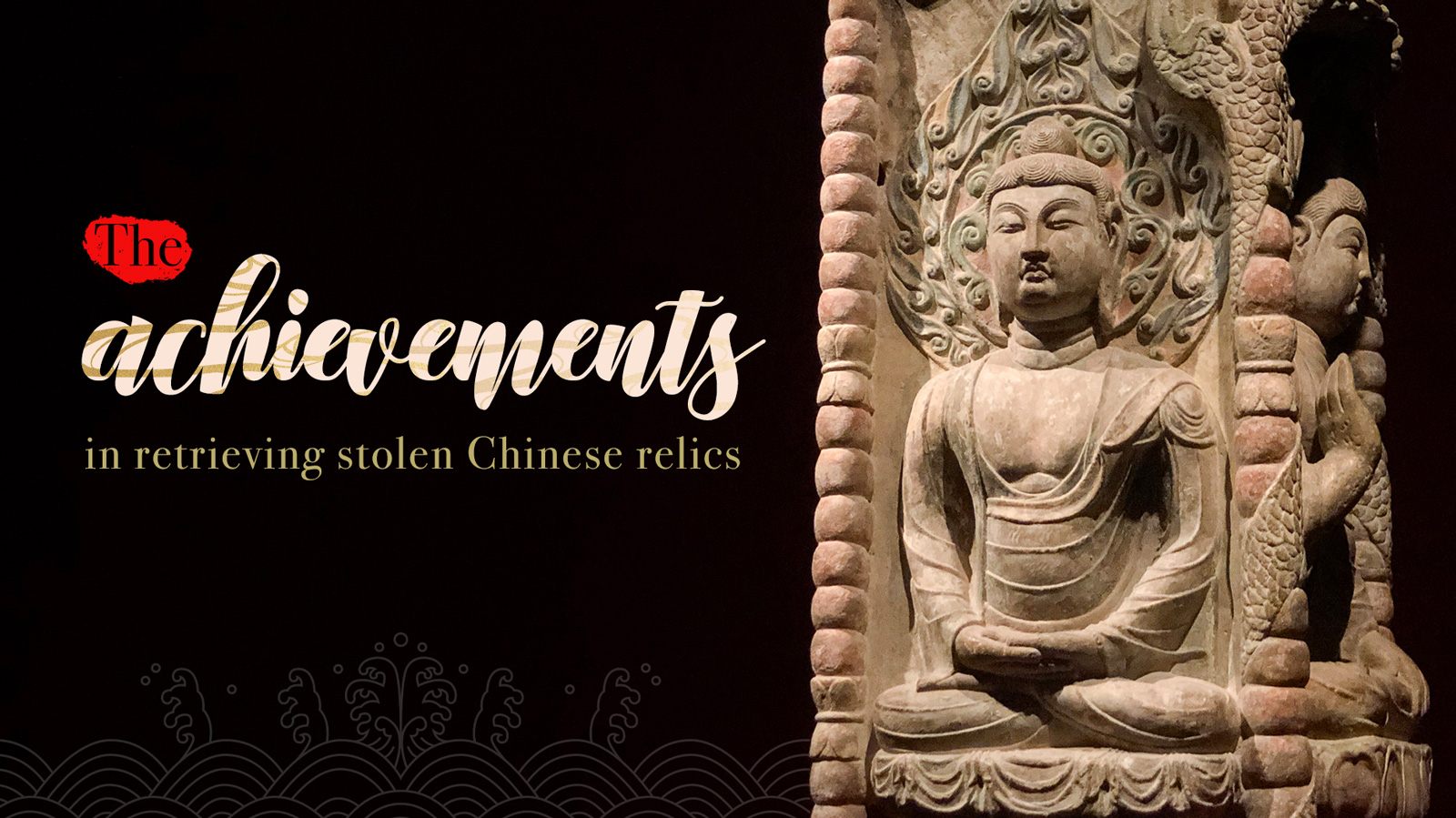
An exhibition on the return of looted Chinese relics since the founding of the People's Republic of China kicked off at the National Museum of China in Beijing on Tuesday.
A series of important artworks, including the Five Oxen by Han Huang (723-787), the Vessel Bronze Tiger Ying, the stone relief from the tomb of Wang Chuzhi, and the eight-piece set of bronzeware of Chinese origin, which has just brought home from Japan, are on display.
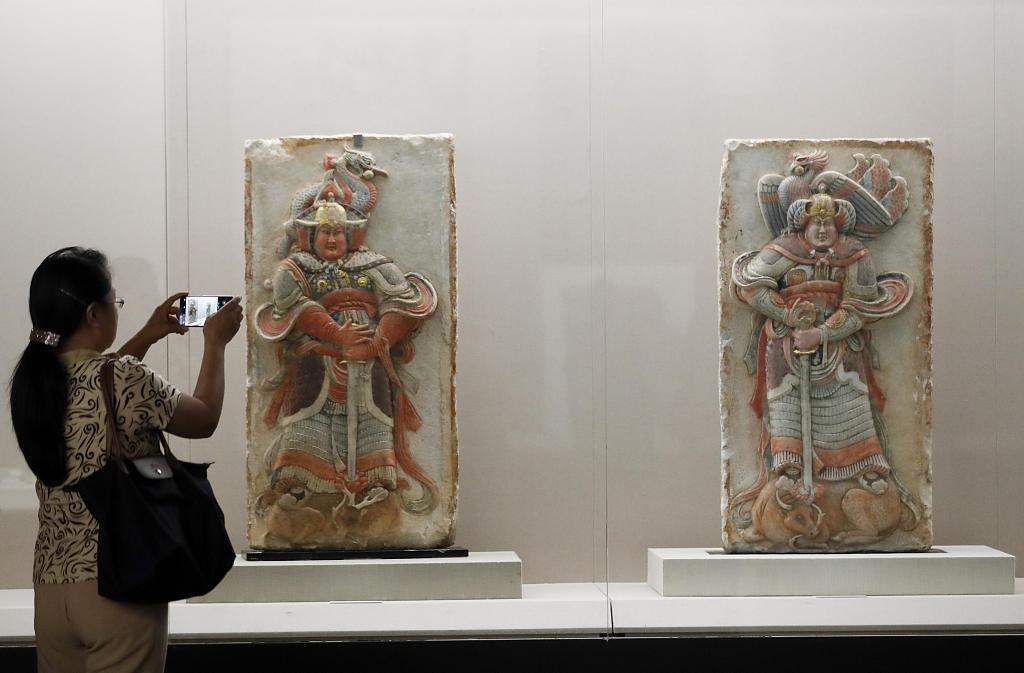
The stone relief from the tomb of Wang Chuzhi. /VCG Photo
The stone relief from the tomb of Wang Chuzhi. /VCG Photo
Besides these well-known artwork, more than 600 pieces of Chinese cultural relics that have been lost overseas are at the China national museum of art to show the remarkable process, and fruitful results of retrieving China's looted relics over the past 70 years.
The exhibition spans three carefully-planned sections: Pottery, bronze ware, paintings and calligraphy. They include the Old Summer Palace's bronze Chinese zodiac heads, the vessel Bronze Tiger Ying, and other precious cultural relics, as well as those returned from overseas.
Of the 12 zodiac bronze heads, six, including ox, tiger, monkey, pig, rat, and rabbit, have been reunited at the National Museum after 159 years.
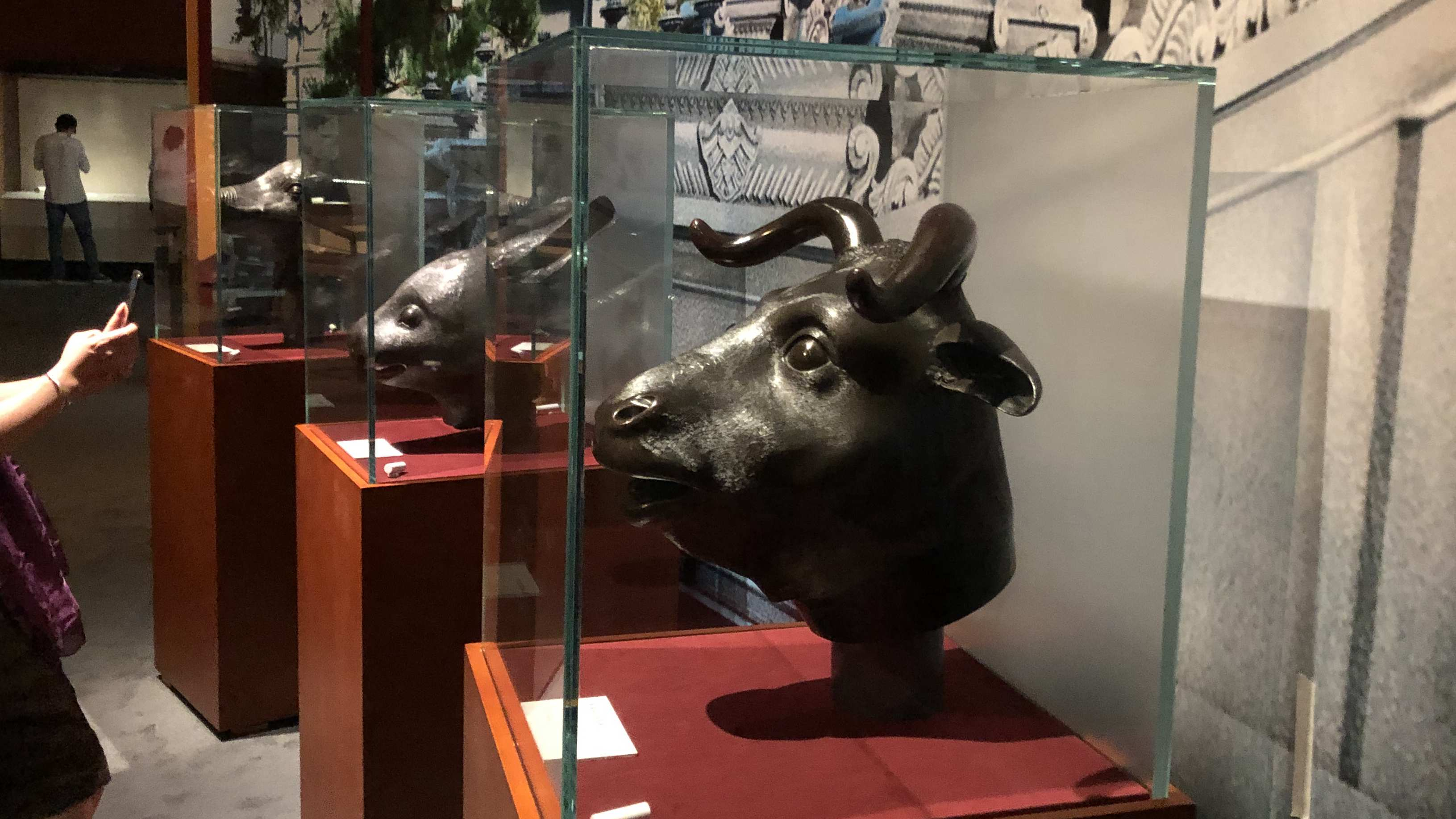
Six bronze zodiac heads, including ox, tiger, monkey, pig, rat, and rabbit of the Old Summer Palace are showcased at the National Museum of China, September 17, 2019. /CGTN Photo
Six bronze zodiac heads, including ox, tiger, monkey, pig, rat, and rabbit of the Old Summer Palace are showcased at the National Museum of China, September 17, 2019. /CGTN Photo
The bronze statue of the 12 zodiac bronze heads was originally part of the 12 Zodiac Fountain in Haiyantang. The bronze-cast heads of the stone statues were among the treasures looted during the destruction of the Old Summer Palace by British and French expeditionary forces in 1860 during the Second Opium War. The scattered bronze zodiac heads have had a difficult journey back home since.
"The story of the return of looted cultural relics tells a unique side story of the Chinese nation's historical process – standing up, growing rich, and becoming strong," said Liu Yuzhu, director of the National Cultural Heritage Administration.
Retrieval with international standards
Since the reform and opening-up, China's cultural relics industry rapidly kept pace with international laws and standards. For example, the Cultural Relics Protection Law of the People's Republic of China was enacted in 1982, and China acceded to the UNESCO Convention on the Means of Prohibiting and Preventing the Illicit Import, Export and Transfer of Ownership of Cultural Property in 1989.
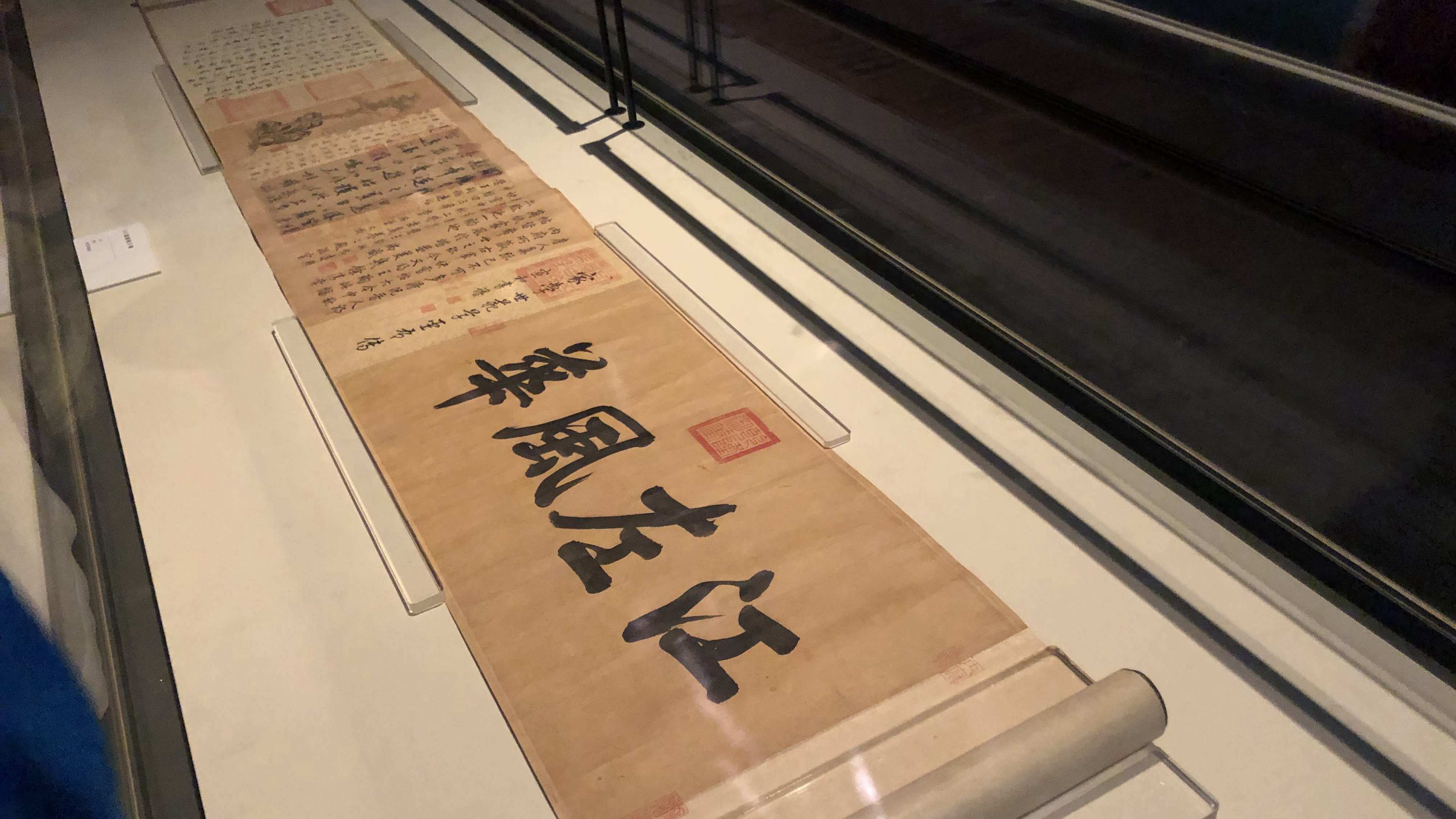
"A Letter to Boyuan" from Wang Xun exhibits in the National Museum of China, September 17, 2019. /CGTN Photo
"A Letter to Boyuan" from Wang Xun exhibits in the National Museum of China, September 17, 2019. /CGTN Photo
Relying on domestic legislation and cooperative framework of international conventions, the Chinese government has gradually carried out bilateral cooperation with relevant countries and explored effective ways to retrieve looted relics through diplomatic negotiations, law enforcement cooperation, and civil litigation.
More and more looted relics are returning to China through donations from Chinese and international friends abroad. Driven by the successful retrieval of these artifacts, the return of looted relics has gradually become a trend in China.
A new practical case on the international stage
Early this March, a set of Spring and Autumn period (770-476 B.C.) bronze wares appeared in the Tokyo cultural relics auction market. They were identified by researchers as stolen items from ancient tombs located in Suizhou, Hubei Province. The National Cultural Heritage Administration of China immediately launched a plan to retrieve these relics.
With the full support of the Chinese embassy in Japan, the National Cultural Heritage Administration completed the exit formalities of cultural relics from Japan as soon as possible and arrived in Beijing on August 23.
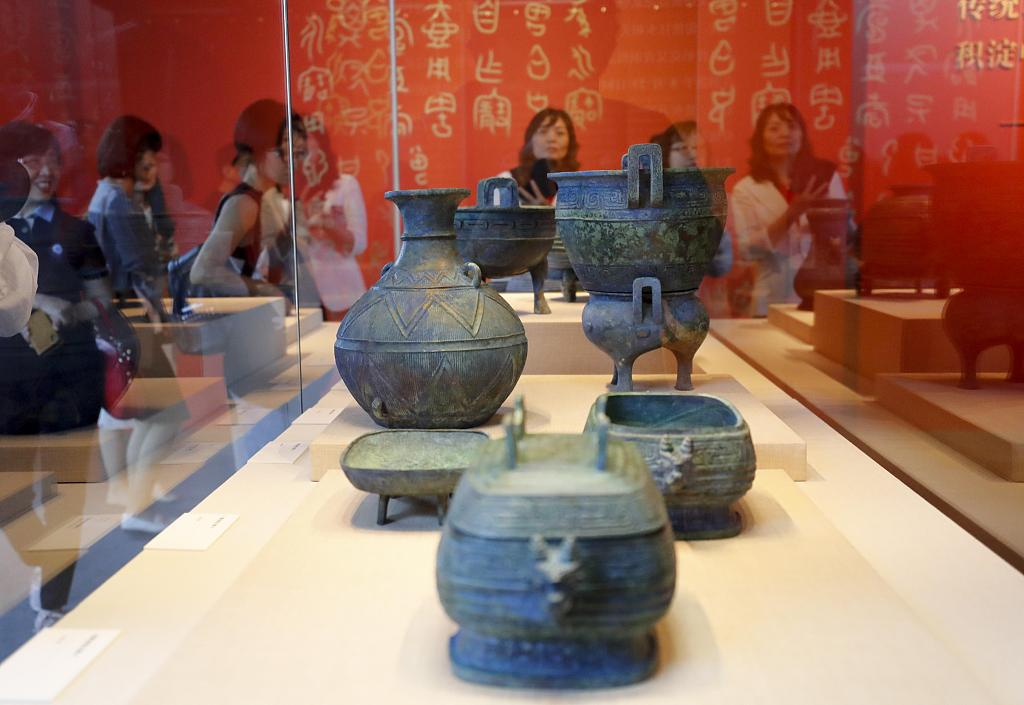
A set of bronzes belonging to Chinese cultural heritage recovered from Japan. /VCG Photo
A set of bronzes belonging to Chinese cultural heritage recovered from Japan. /VCG Photo
The bronzeware's retrieval was conducted by international conventions, primarily the 1970 UNESCO Convention on the Means of Prohibiting and Preventing the Illicit Import, Export and Transfer of Ownership of Cultural Property, and had the cooperation of the Japanese government. It represented a new successful case study on international recovery and return of lost cultural relics, according to Chinese officials, China Daily reported.
This set of relics is also on display in the exhibition, which will run until mid-to-late November.
(Cover image by Liu Shaozhen)